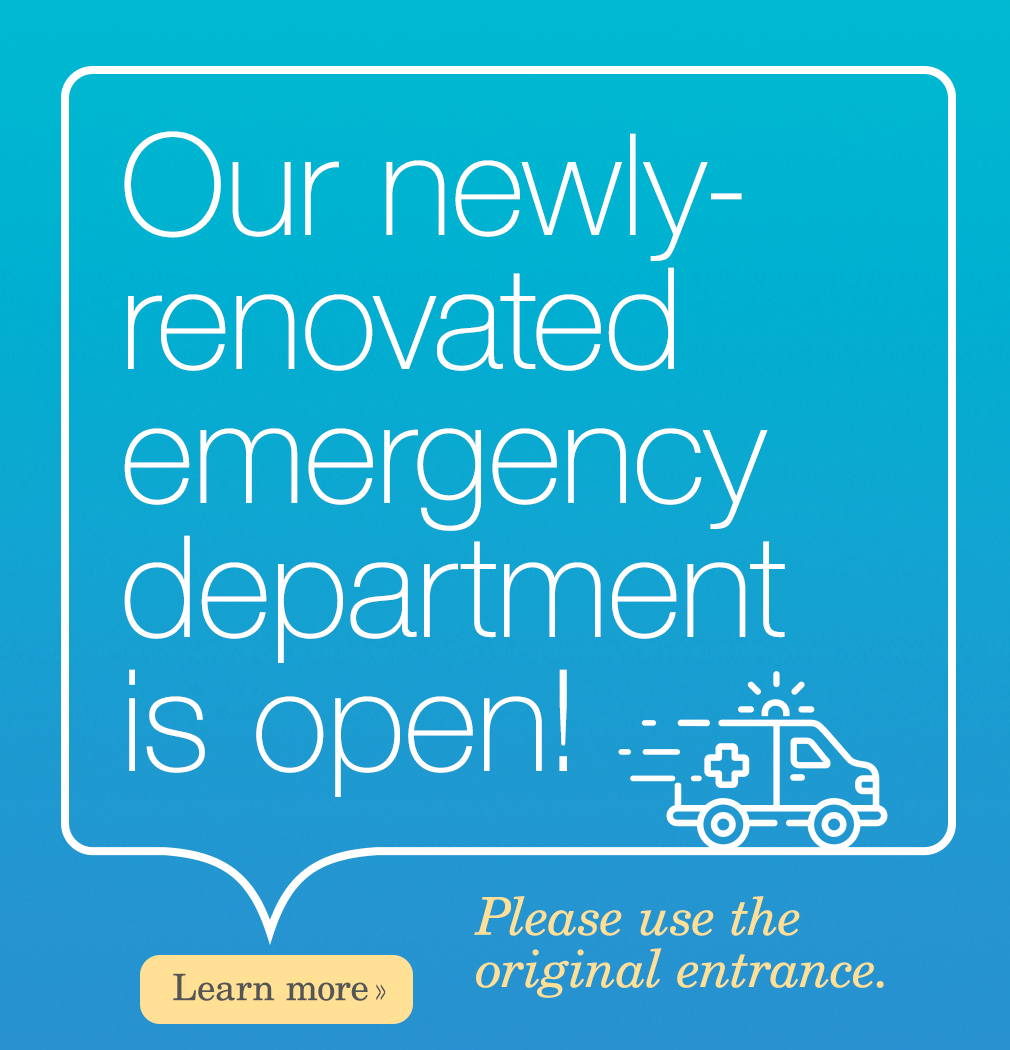Yes. Vermont’s hospitals are laser-focused on the triple aim of healthcare: improving quality of care, reducing the cost of care, and optimizing the patient experience. Over the past seven years, hospitals have used an emphasis on efficiency and prevention to flatten the rate of growth in costs, resulting in a savings of $566 million in Fiscal Year 2017 alone compared to where the trend in Fiscal Year 2010 would have taken Vermont. In a state the size of Vermont, that is a remarkable and meaningful positive change!
As the chair of the Board of the Vermont Association of Hospitals and Health Systems (VAHHS), I recently had the opportunity to present to the Green Mountain Care Board on this work. I also met with the honorable Governor Phil Scott, Agency of Human Services Secretary Al Gobeille, and Director of Healthcare Reform Mary Kate Mohlman to discuss the efforts of Vermont’s hospitals to help improve the overall health and well-being of our State and its residents. I was grateful for Janet McCarthy, CEO of Franklin County Home Health Agency and NMC Board member joining me to emphasize the importance of community partnership and the complexity of total health.
The triple aim is an important consideration in discussions about reducing healthcare costs, as we are committed to continuing to provide appropriate access to care and continuously improving the quality of care. It was my pleasure to show the Green Mountain Care Board, the Governor, and the AHS Secretary data from national Agency for HealthCare Research and Quality (AHRQ) which ranks Vermont in the top ten of US states in the overall rating of “All Healthcare Measures.” As determined as we are to reduce avoidable expenses, we are even more passionate about providing exceptional care for every patient, in every encounter. Always. That’s the NMC commitment to you and it will not waiver.
As part of my presentation with Jeff Tieman, the CEO of VAHHS, we highlighted a case study at NMC on reducing avoidable visits to the NMC Emergency Department (ED). They have a remarkable team and do incredible work, yet it is an expensive setting for care which does not require their full emergent and life-saving resources. We have been working with our community to ensure the right care happens in the right place, so everyone gets the care they need and it comes at the right cost. Recruiting additional primary care providers has helped this, as has the establishment of Northwestern Urgent Care and the embedding of care management within the ED. Jeff and I highlighted the recent partnership effort between NMC and Northwestern Counseling & Support Services (NCSS) to help 48 patients with high ED utilization access the care they need in a more appropriate (and less costly) setting. This resulted in a 37% reduction in ED visits for that group – without diminishing care or quality. That’s a meaningful savings!
This kind of effort is a long-standing hallmark of the work done in Vermont’s hospitals. The Kaiser Family Foundation analysis of “Medicare Spending by Enrollee, by State” in New England between 2005 and 2014 showed that Vermont consistently ranks as either the best or in per enrollee Medicare costs – and is consistently significantly below those same costs for Rhode Island, Connecticut, and our neighbors in Massachusetts. This is not by accident: it is the result of a consistent focus on the triple aim shared by Vermont’s hospitals.
It is crucial that regulators and state leaders understand these efforts, these savings, and their context. The State is asking hospitals to fund healthcare reform, to lead the cost-saving efforts, and to pay a 6% provider tax on top of it. And yet, for the coming year, the Green Mountain Care Board is considering once again mandating that Vermont’s hospitals’ revenues not keep pace with overall medical inflation, despite our progress on bending the cost curve for Vermonters. As a result of inflation outpacing revenues, eight of Vermont’s fourteen hospitals (including NMC) lost money from overall operations in Fiscal Year 2017. In addition, legislators are still considering reducing our disproportionate share payments. Hospitals are leading the change we all want to see in healthcare: reduced costs. It cannot be done overnight. What is being proposed is not sustainable and it will reduce hospital services. This worries me.
Vermont’s regulators and state leaders must partner with Vermont’s hospitals to continue forward on system reform and investments in prevention – such as the RiseVT movement to embrace healthy lifestyles that is scaling-up statewide – and this must be done in a sustainable manner so access can be maintained and quality is never compromised. I have called upon our regulators and our leaders to join us in that effort as they work through the hospital budget regulatory process and as the administration and legislature work through the budget process. Now is the time for partnership, improvement, prevention, and sustainability. I am staying true to partnering for what is the best and right care for this community. I will not sacrifice quality and access to services.
— Jill Berry Bowen, NMC’s Chief Executive Officer

